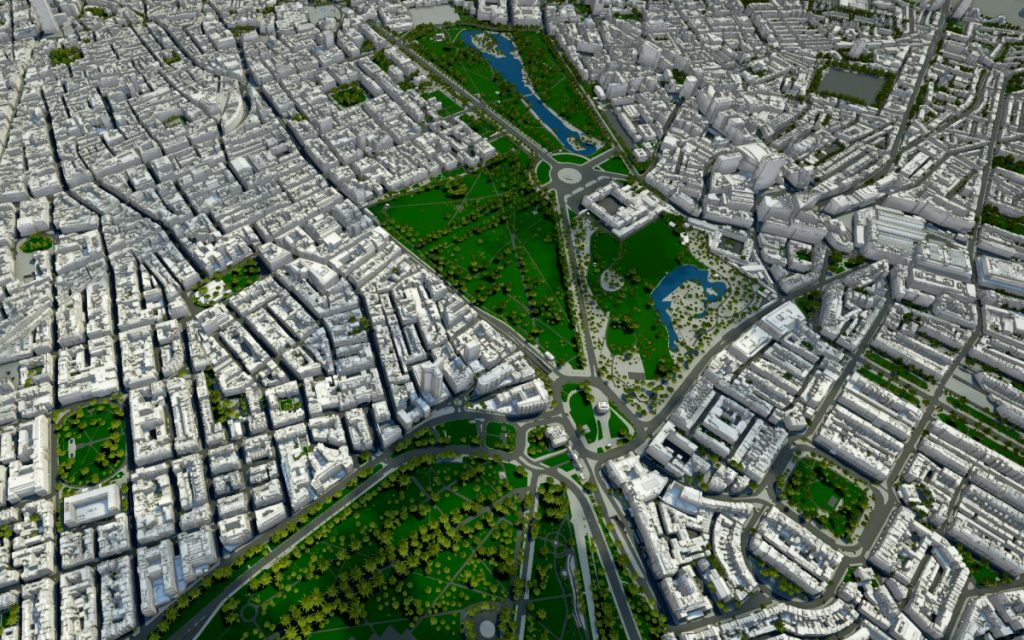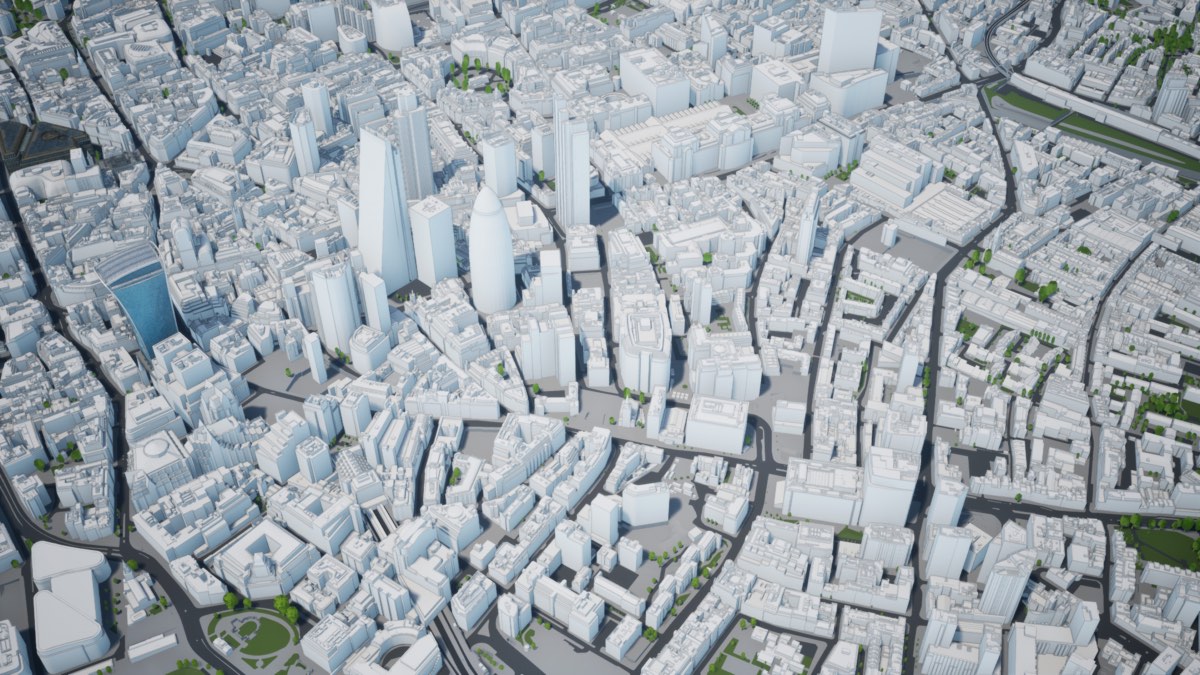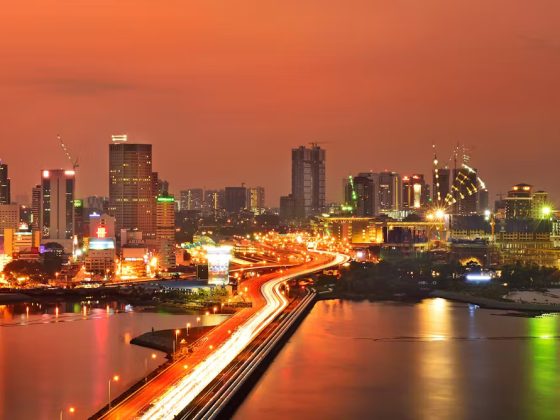A 3D city model is a digital model of urban spaces. It represents the visual and spatial features of the terrain, infrastructure, buildings, landscape and other elements of the urban space. The visualisation and data helps provide more insight when developing and planning.
3D city models also make it easier for citizens and other stakeholders to get involved in urban planning and decision-making processes. This enables more public participation and streamlines monitoring.
Here are some advantages of using 3d city models in urban design and planning.
Improved Planning For Streets
3D city models can help planners in designing better streets and routes for pedestrians and transportation. It provides richer data and is more intuitive compared to 2D maps.
Planners and engineers can also run simulations on these models so they can accurately assess various scenarios such as vehicle traffic, pedestrian traffic, emergencies or disaster. This can help officials to better prepare for rescue operations or resource mobilisation in case of emergencies.
Better Planning For Development & Construction
Powerful tools such as Plan.City provide models of cities with great accuracy. Even windows, trees, walls, and roofs are all modeled in detail. There are also options like hiding existing buildings or structures or viewing future developments so users can perfectly visualise how the space would look like. You can even move around these 3D environments from Plan.City and change settings like sun, shadows, and lighting effects.
Another use case is in classifying buildings and structure types in a neighborhood. The distribution and share of building type in a given neighborhood can be used in marketing and real estate management

Enables Greener And Better Buildings
Using 3D models in the design phase enables quicker turnaround time and reduces costs and overhead in planning. The accuracy that these models provide also means less errors during development and construction.
Aside from measurements, 3D models can provide other data such as building heights, lighting, heating, and cooling information. These can help engineers identify energy efficiency and sustainability improvements to buildings and structures.
In addition, 3D models can also be used to estimate energy demand in a neighbourhood. Researchers can use 3D city models to combine the data of the volume of buildings, number of floors, type of the building, and other characteristics to predict the energy demand for heating and/or cooling.
Helps In Managing Pollution
3D city models and data can be used to manage traffic and noise pollution. The models show engineers how citizens are affected by noise pollution and how to mitigate it.
In Europe, this application became widely used after the implementation of the Environment Noise Directive 2002/49/EC. This directive requires EU countries to produce noise maps to inform the public about noise exposure and its effects.
Better Community Involvement
3D city model data can be easily shared to the general public enabling transparency and feedback. It encourages healthy feedback between the government, public and private entities. This makes projects and developments more livable and caters more to the needs of the public.
3D modelling and simulations open up a lot of possibilities and innovative solutions in urban design and planning. With these in mind, we can expect a lot more from our future cities.










